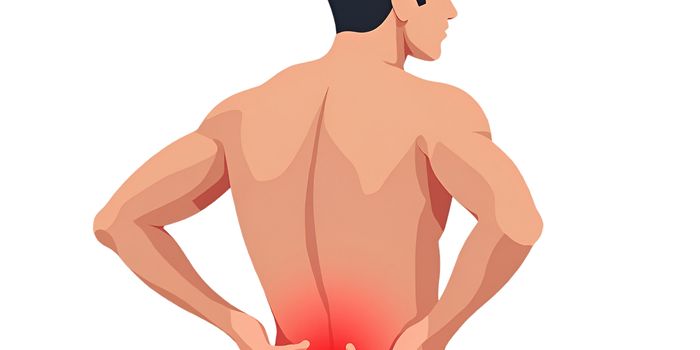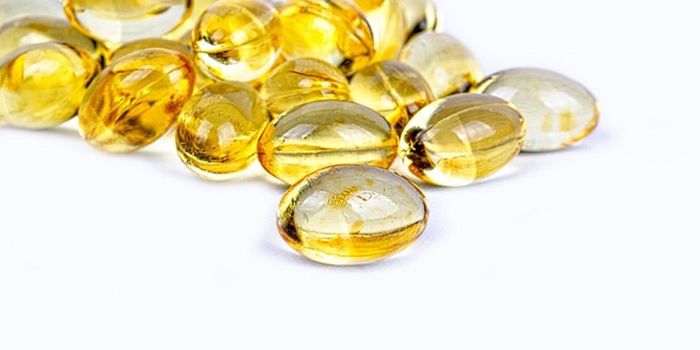Natural Sugar Helps Macrophages Reduce Arterial Plaques
A natural sugar called trehalose reduces plaques associated with atherosclerosis and heart disease by improving the immune system’s so-called “cellular housekeeping” activities, a new Washington University School of Medicine study found.
Cells of the immune system called macrophages are also called housekeeping cells because they ingest and digest cellular debris, such as dysfunctional organelles, misshapen proteins, and stray molecules of fat. By getting rid of unnecessary “junk” particles, macrophages reduce the size of atherosclerotic plaques that contribute to heart disease, but macrophages are not exempt from making mistakes.
"In atherosclerosis, macrophages try to fix damage to the artery by cleaning up the area, but they get overwhelmed by the inflammatory nature of the plaques," explained senior author Babak Razani, MD, PhD. "Their housekeeping process gets gummed up. So their friends rush in to try to clean up the bigger mess and also become part of the problem. A soup starts building up -- dying cells, more lipids. The plaque grows and grows."
When macrophages struggle to clean up plaques and end up only making the situation worse, trelahose can help, Razani found. Trehalose is made by the binding of two glucose molecules. It is FDA-approved as pharmaceutical ingredient and as a sweetener. Past studies show trehalose stimulating autophagy, but the mechanism is still unknown.
Razani and the team of researchers from Washington University School of Medicine conducted a study in mice, groomed to be particularly susceptible to atherosclerosis. Researchers saw plaques grow smaller after injection with trehalose, a statistically significant 30 percent decrease.
The effect seemed to be both injection-specific and trehalose-specific, though. Oral consumption of trehalose did not have the same effect and neither did injection with similar types of sugars. Razani suspects that oral consumption likely does not work because digestive enzymes metabolize trehalose into two separate glucose molecules. Thus, blocking these enzymes could enable oral consumption of trehalose as a treatment for atherosclerosis instead of injection being the only option.
Trehalose delivers the desired effect by activating a protein called TFEB, which in turn enters a macrophage’s nucleus and binds its DNA. The DNA binding triggers a chain reaction of gene activation, ultimately resulting in the increase in cellular housekeeping activity by macrophages that reduces the severity of atherosclerotic plaques.
"Trehalose is not just enhancing the housekeeping machinery that's already there," Razani explained. "It's triggering the cell to make new machinery. This results in more autophagy -- the cell starts a degradation fest. Is this the only way that trehalose works to enhance autophagy by macrophages? We can't say that for sure -- we're still testing that. But is it a predominant process? Yes."
The present study is published in the journal Nature Communications.
Source: Washington University School of Medicine









